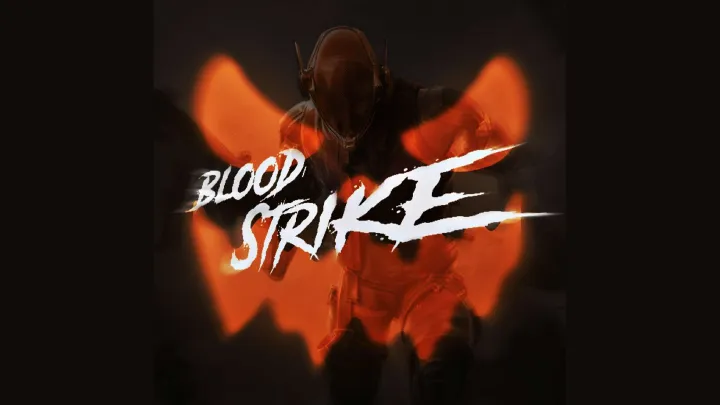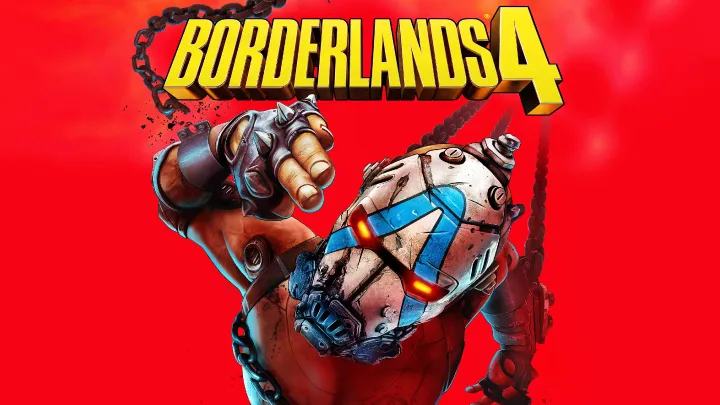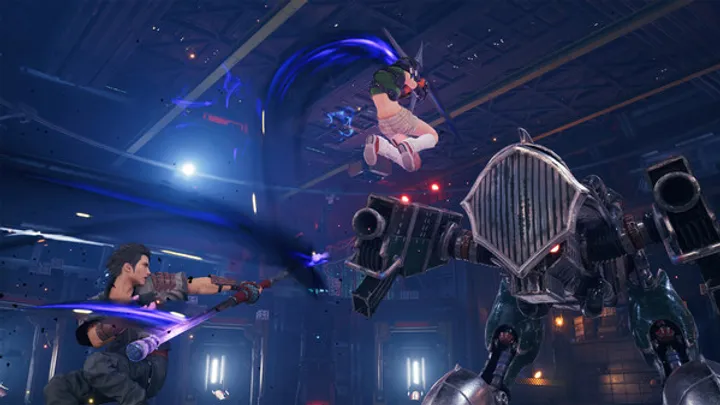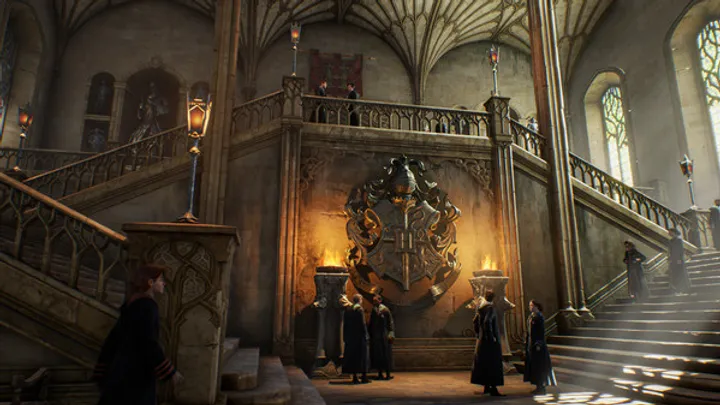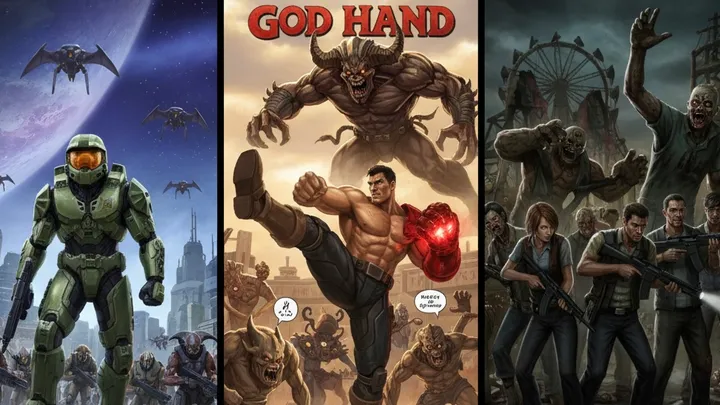World of Warships (WoWS) is a naval combat MMO that blends historical authenticity with tactical gameplay. While the game has evolved significantly since its launch, one issue continues to plague its player base: matchmaking imbalance. Specifically, the tier spread and ship type distribution in Random Battles often lead to frustrating and uncompetitive experiences. This article explores the roots, mechanics, and consequences of matchmaking imbalance in WoWS, offering a structured analysis through 10 key stages—from system design to community feedback and potential solutions.
- The Purpose of Matchmaking in WoWS Matchmaking in World of Warships is designed to create balanced teams based on ship tier, type, and player availability. The goal is to ensure fair competition while maintaining short queue times. However, the system prioritizes speed over balance, often resulting in uneven matchups.
For example, a Tier V battleship may be placed against Tier VII cruisers and destroyers, creating a significant power gap. While the game attempts to mitigate this through templates and matchmaking rules, the results are inconsistent and often frustrating for players.
Matchmaking Objectives:
- Balance ship tiers and types
- Maintain fast queue times
- Ensure fair and competitive gameplay
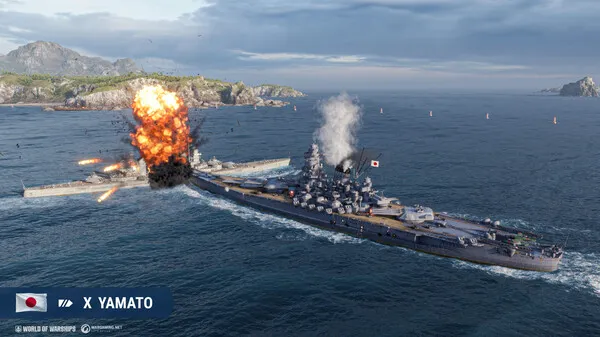
- The Tier Spread Problem The most common complaint in WoWS matchmaking is the tier spread. Players in Tier V ships frequently find themselves at the bottom of a Tier VII match, facing opponents with superior firepower, concealment, and survivability. This creates a steep uphill battle, especially for newer players.
While the game uses a +/-2 tier spread, the impact is more severe in naval combat than in other genres. A Tier VII cruiser can easily outgun and outmaneuver a Tier V battleship, making the match feel unwinnable. This imbalance discourages progression and experimentation with lower-tier ships.
Tier Spread Consequences:
- Reduced effectiveness of lower-tier ships
- Frustration and early match deaths
- Discouragement from playing certain tiers
- Ship Type Distribution and Role Imbalance Beyond tier spread, ship type distribution is another critical issue. A match may feature five destroyers on one team and only two on the other, skewing vision control and torpedo pressure. Similarly, uneven battleship counts can lead to dominance in long-range engagements.
Each ship type plays a unique role—destroyers scout and harass, cruisers provide support, battleships anchor flanks, and carriers control airspace. When these roles are unevenly distributed, strategic depth collapses, and matches become one-sided.
Role Imbalance Examples:
- 5 DDs vs. 2 DDs: vision and cap control imbalance
- 4 BBs vs. 2 BBs: long-range firepower disparity
- CV imbalance: air superiority and spotting issues
- The Impact on Destroyer Gameplay Destroyers are particularly vulnerable to matchmaking imbalance. When placed in a match with multiple radar cruisers or carriers, their ability to scout and contest objectives is severely limited. This leads to passive play and reduced impact.
Additionally, destroyers often face higher-tier opponents with better concealment and torpedo reloads. A Tier VI DD against Tier VIII radar cruisers is a recipe for frustration. The lack of protection or counterplay options makes destroyer gameplay volatile and punishing.
Destroyer Challenges:
- Radar and carrier dominance
- Tier disadvantage in concealment and firepower
- Reduced ability to contest caps
- Battleship Vulnerability and Positioning Issues Battleships suffer from poor mobility and long reloads, making them vulnerable in mismatched games. A Tier V BB facing Tier VII cruisers with HE spam and torpedoes often finds itself burned down before contributing meaningfully.
Positioning becomes critical, but slow speed and poor concealment limit options. Battleships are often forced into passive play, camping behind islands or staying at max range. This reduces their impact and makes matches feel static and unengaging.
Battleship Limitations:
- Slow speed and poor concealment
- Vulnerability to HE spam and torpedoes
- Limited ability to reposition or escape
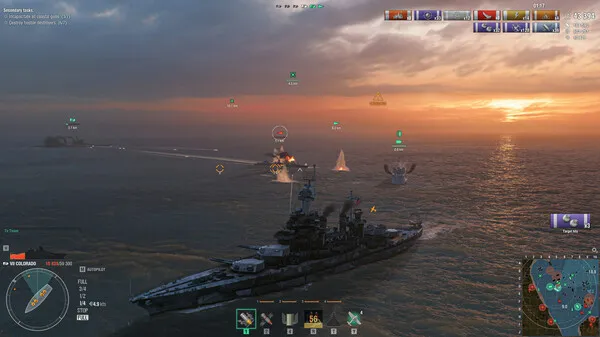
- Carrier Matchmaking and Air Superiority Carriers introduce a unique layer of complexity to matchmaking. When one team has a skilled CV player and the other does not, the match quickly tilts. Spotting, strike damage, and fighter control can dominate the battlefield.
CV matchmaking often fails to account for player skill, leading to lopsided games. Additionally, lower-tier ships lack adequate AA defenses, making them easy prey. This imbalance discourages carrier play and creates resentment among surface ship players.
Carrier Matchmaking Issues:
- Skill disparity between CV players
- Inadequate AA on lower-tier ships
- Uncontested spotting and strike damage
- Ranked and Competitive Matchmaking Ranked battles are meant to offer a more balanced and competitive experience. However, matchmaking issues persist. Players report uneven team compositions, skill gaps, and tier mismatches even in ranked modes.
Competitive integrity suffers when matchmaking fails to create fair matches. A team with three radar cruisers and two DDs will dominate vision and cap control, while the opposing team struggles to contest. This leads to frustration and reduced participation in ranked seasons.
Ranked Matchmaking Flaws:
- Uneven team compositions
- Skill gaps and tier mismatches
- Reduced incentive to participate
- Community Feedback and Developer Response The WoWS community has voiced matchmaking concerns for years. Forums, Reddit, and Steam discussions frequently highlight tier spread, role imbalance, and CV dominance. Players request more transparency and refinement in matchmaking logic.
Developers have made incremental changes, such as limiting the number of certain ship types per match. However, core issues remain. Many players feel their feedback is ignored or deprioritized in favor of monetization and content updates.
Community Demands:
- Reduced tier spread (e.g., +/-1)
- Role-based matchmaking templates
- Skill-based CV matchmaking
- Technical Constraints and System Limitations Matchmaking is constrained by server load, player availability, and queue times. Implementing strict balance rules may increase wait times, especially during off-peak hours. Developers must balance fairness with accessibility.
Additionally, the diversity of ship types and tiers complicates matchmaking logic. Creating mirrored compositions is difficult when players queue with niche ships or divisions. These technical challenges limit the scope of matchmaking reform.
System Constraints:
- Queue time vs. match quality trade-off
- Ship diversity and division mechanics
- Server load and regional player pools
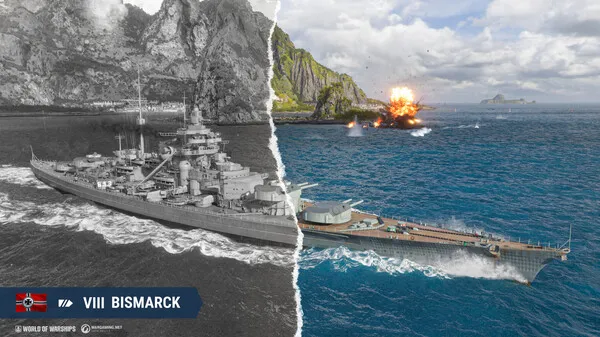
- Potential Solutions and the Road Ahead Fixing matchmaking in WoWS requires a multi-layered approach. Developers could implement role-based templates, reduce tier spread to +/-1, and introduce skill-based CV matchmaking. Transparency and communication are key to rebuilding trust.
Ultimately, matchmaking should enhance gameplay, not hinder it. By prioritizing fairness, diversity, and strategic depth, WoWS can evolve into a more balanced and rewarding experience for all players.
Suggested Improvements:
- Role-based matchmaking templates
- Tier spread reduction to +/-1
- Skill-based CV matchmaking
- Improved transparency and patch notes
Conclusion World of Warships’ matchmaking system remains one of its most debated and impactful features. While the game offers rich tactical depth and naval authenticity, tier imbalance, role distribution, and CV dominance continue to undermine match quality. Players across all tiers feel the effects of inconsistent matchmaking, leading to frustration and disengagement. By listening to community feedback and embracing systemic reform, developers have the opportunity to restore balance and elevate the competitive integrity of WoWS.





